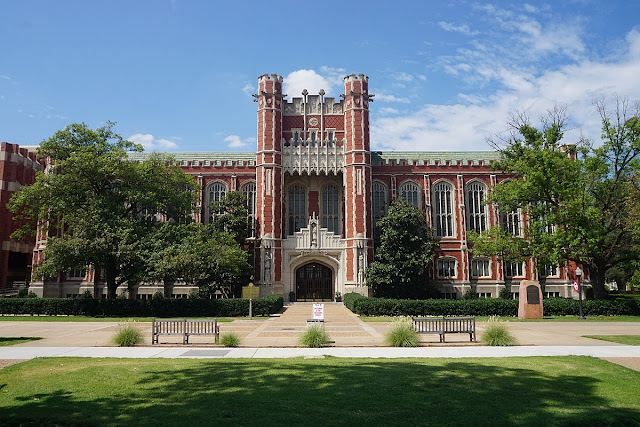Reading Notes: Raja Rasalu, Part A
In the story of The Dice and the Cricket, I knw that they are playing chaupar, but I was wondering if there was any correlation to the dice cricket game? However, if I'm not mistaken I believe chaupar is a game still played today in India, and still goes by the same name. I also did some research and it seems the dice cricket game has English origins, so it seems they were unrelated.
I like how older stories always involve a sort of magic, like in the corpse coming to life in this story. However, when authors of folktales tell their stories, they don't speak of these abnormal happenings as if they are abnormal. I've noticed that every folktale involves these "magical" elements. However, in todays storytelling, writing sticks closely to reality, and when there are magical elements the author clearly distinguishes it from our reality, and the story usually takes place in an alternate reality Why is that? If all folktales had these "unknown forces," then did people of those times truly feel as if these things were happening in real life? And if that's what they believed, but there was some alternate explanation that they did not understand at the time, then what was actually happening in real life for them to be mistaken? I'm not entirely sure how to phrase what I'm asking, but when things are written, they are usually rooted in some sort of reality, so what was actually happening if not what is being depicted in their storytelling?


Comments
Post a Comment